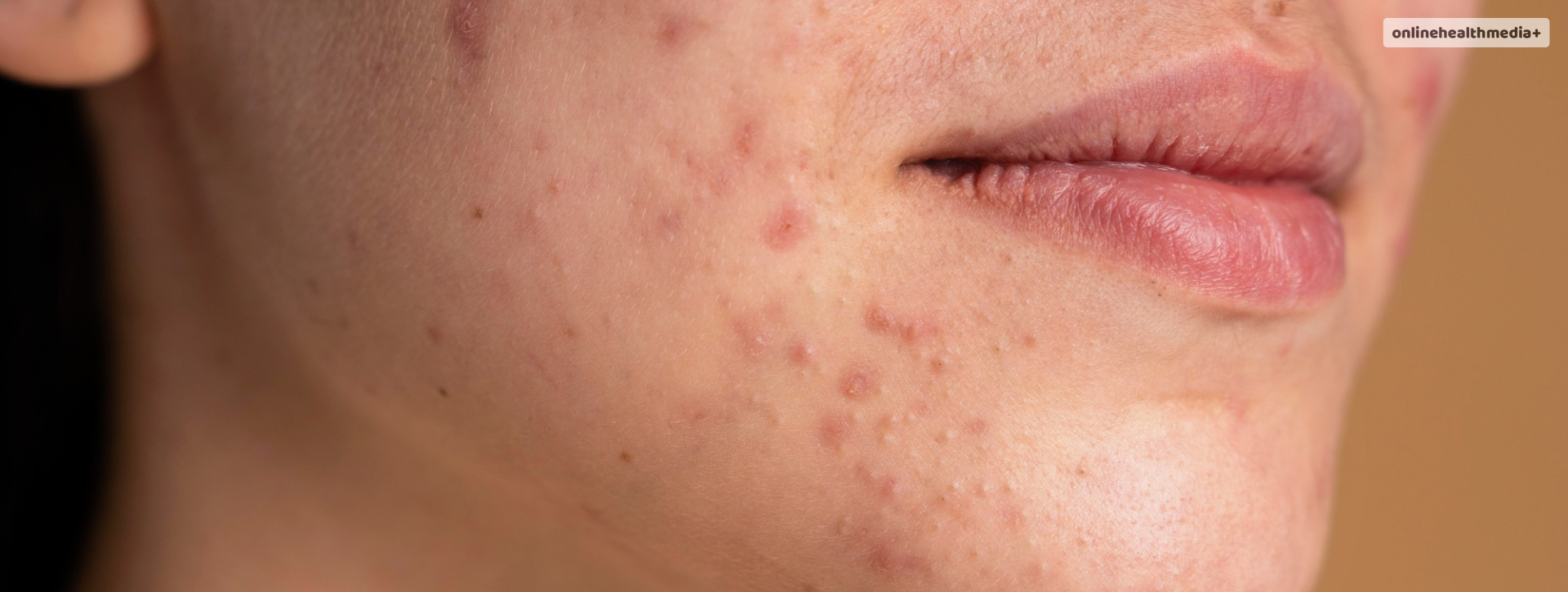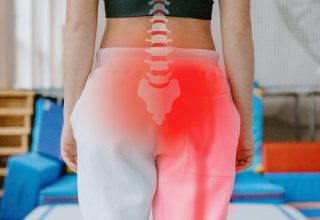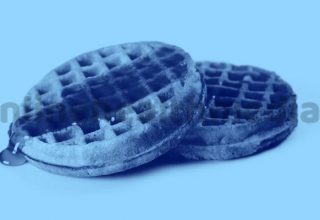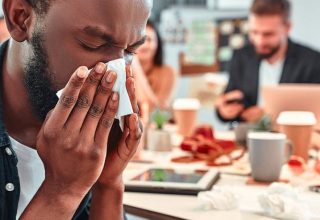Papules Acne 101: How To Differentiate, Treat, And Prevent It.
Wondering what are papules acne? Is it any different than pustules or is it the same? Papules acne are inflamed bumps that appear due to the action of either bacteria, or hormones and medicines.
The papules acne do not have the characteristic white bump on its head like other types. This is what helps in its identification.
The following article will focus on the description of the condition, its symptoms, how is it caused and the ways to prevent it. The following sections will also include the treatment options that are available.
What Are Papules Acne?
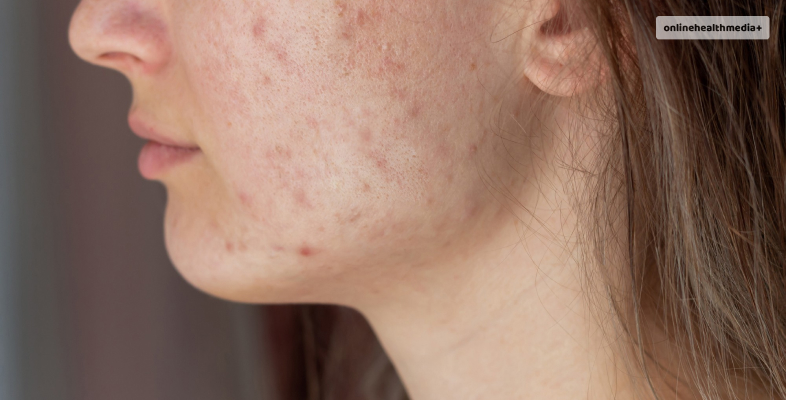
A papule is referred to any solid raised spot which may even be cystic and that is less than one centimeter wide- or is a type of lesion on the skin. These can also be visible when there is a development of acne.
The acne can be present as a papule which forms when there is a blockage of the pores. The oil that clogs the pore is a great source of nutrition for bacteria which are part of the normal microflora of the skin. One such bacteria is the Propionibacterium acnes or P. acnes.
This promotes their growth and facilitates their spread across the skin. This can lead to the formation of microcomedone which is visible and can be felt by the person experiencing it.
Age Groups That Develop Papules Acne
The populace that is prone to developing papules acne are:
- Preadolescent children- those between 7 to 12 years of age. Often also known as ‘preadolescent acne.’
- Adolescents children – those between 10 to 19 years old.
- Young adults such as those who are between 18 to 22 years of age.
Symptoms Of Papules Acne That You Should Look Out For!
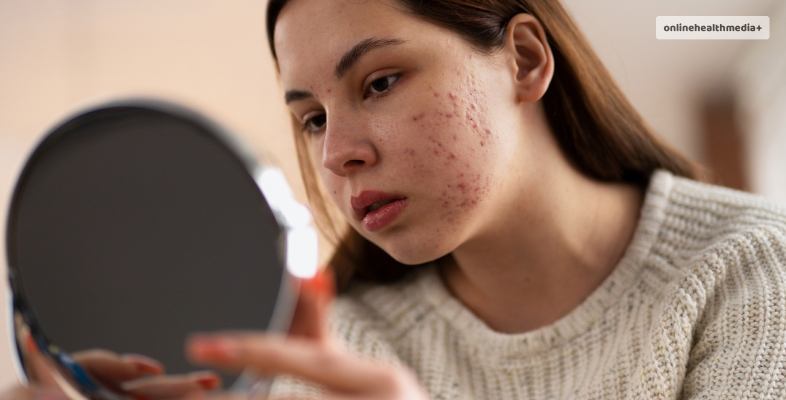
Following are the symptoms of papules acne that help you recognize it:
- Inflammation in the area
- Red, painful bump that appears on the skin- specifically on the T-zone (chin, nose and forehead.) Papules acne on forehead is one of the most common occurrence, especially in preadolescent and adolescent children.
- Irritation in the affected site
- Tender feeling in the skin where it is most affected.
Causes Of Papules Acne

The primary causes of the development of this acne papule are:
- Increase in the presence of bacteria on skin- This increases when you are touching your skin with contaminated hands/finger tips. For example, if you touch an active papule, there are chances it pops and causes P. acnes to spread.
- Excessive production of oil in the skin which in turn promotes the growth of acne-causing bacteria. Excess oil production also leads to clogged pores.
- Excess activity of the male sex hormones.
- Stress
- Poor dietary intake, with excess sugar
- Medications such as corticostreoids
Diagnosis
The diagnostic process does not really exist for this type of acne as it is clearly visible and easy to recognize. Moreover, with the help of a healthcare professional, you can receive a confirmation on the diagnosis.
- The skin examination can also help understand the best approach for treating the condition.
- Moreover, during the diagnostic process, the physician can also look for the underlying signs.
- This could be menstruation pattern and if there is some stress.
- Also if there is a history of the condition in the family.
What Are The Treatment Options?
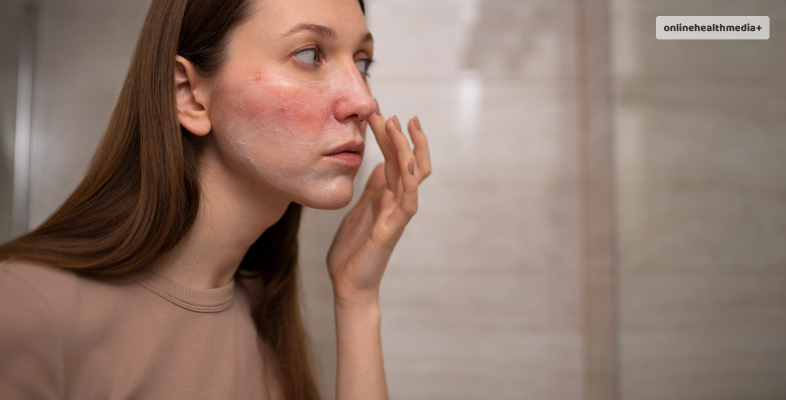
The treatment options depend on the type of diagnosis and physician’s findings during the examination. However, following are the common methods that are used for treating papules acne.
Here are the treatment options:
- Antibiotics that can kill the excess bacteria that are present on the skin for the reduction of redness. These can include antibiotics such as benzamycin (benzoyl peroxide and erythromycin), and benzaclin (benzoyl peroxide with clindamycin.)
- It can also include the use of retinoid or retinoid-like drugs that can reduce the pore size. This helps in breaking up the papules, thus reducing its appearance.
- Birth control pills help in controlling the acne. These are a combination of progestin and estrogen.
- Anti-androgen agents for women which can block the androgen hormones on oil glands.
Prevention
The steps to prevent this type of acne involve a substantial amount of care that has to be shown to your skin. This includes-
- Following a proper skincare routine
– The skincare routine must include using a mild facial cleanser, using it to wash your face with warm water.
– Use a non-comedogenic moisturizer that does not clog the pores and prevents the buildup of germs, oil or dirt.
– Remove your makeup, if you wear any, at the end of the day
- Maintain proper hygiene as part of your skincare routine- wash your hair as per requirement
- Do not put hair products on your face, ensure they are completely removed when you get out of the shower.
- Do not pick on your acne as it can aggravate the condition and cause irritation along with more bacteria on your skin.
Conclusion
This was all on the information related to papules acne and everything you need to know so you can prevent it. The article delves into the causes of this acne type and the signs you must look out for.
It also adds information on ways to prevent these acne from popping up on your skin. I also ensure that my readers are aware of the treatment options that are available.
However, I urge you to seek professional help as your skin is unique, just like you!
Share with us in the comments below if you have any other trick/s to get rid of papules acne!
Also read
- A Harmonious Journey: Aging In Place With Private Home Care.
- A Unique Guide To Selecting The Perfect Charleston Dental Implant Virtuoso.
- Ozempic For Weight Loss: Deciphering The Enigma Of Effectiveness And Holistic Health.
